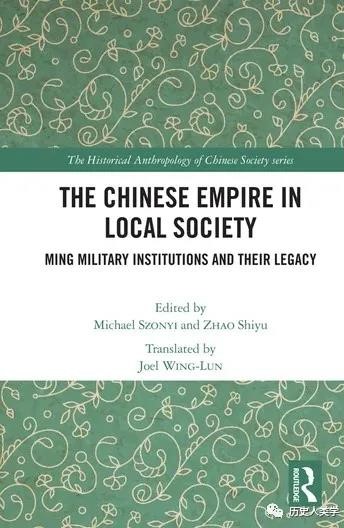Book Description

This book explores the Ming dynasty (1368-1644) military, its impact on local society, and its many legacies for Chinese society. It is based on extensive original research by scholars using the methodology of historical anthropology, an approach that has transformed the study of Chinese history by approaching the subject from the bottom up.
Its nine chapters, each based on a different region of China, examine the nature of Ming military institutions and their interaction with local social life over time. Several chapters consider the distinctive role of imperial institutions in frontier areas and how they interacted with and affected non-Han ethnic groups and ethnic identity. Others discuss the long-term legacy of Ming military institutions, especially across the dynastic divide from Ming to Qing (1644-1912) and the implications of this for understanding more fully the nature of the Qing rule.
Table of Contents
1.State Institutions, Local Society, and Historical Continuity: Ming Military Institutions from the Perspective of Historical Anthropology
Michael Szonyi and Zhao Shiyu
2.The Social Impact of Changing Patterns of Military Recruitment and Logistics in Yongzhou, Hunan
Wu Tao
3.Military Colonies and Localization in Yongchun, Fujian
Ma Wenrui and Zheng Zhenman
4.The Evolution of Temples in Jinxiang Guard and the Localization of State Institutions
Zhang Kan
5.State and Local Society in the Reform of the Garrison System in the Qing Dynasty: A Case Study of Yuzhou Guard
Deng Qingping
6.Where are the Western Aborigines?: Ningfan Guard and the Transformation of Local Society in Southwestern Sichuan in Ming and Qing
Long Sheng
7.The Green Shoots Crop Protection Associations of Taozhou, Gansu: Ming Identities/Qing Histories
Que Yue
8.The Civilianization of Military Colonies and the Reorganization of Military Households: Ningxi Battalion and the Reconstruction of Rural Order in South China in the Eighteenth Century
Xie Shi
9.Military Lineages and the Qing Tribute Grain System: The Xie/Chen/Liao Barge of Ganzhou Guard, Jiangxi
Rao Weixin
10.The Tribute Grain System, Military Colony Lands, and Transport Soldier Lineages in Ming and Qing: The Case of Huangzhou and Qizhou Garrisons of Eastern Hubei
Xu Bin
Appendices:
I. Ming and Qing reign periods
II Ming weights and measures
III Glossary and character list
References

